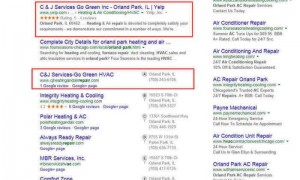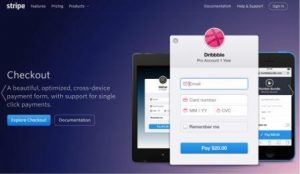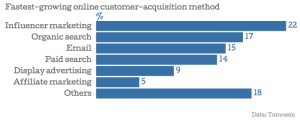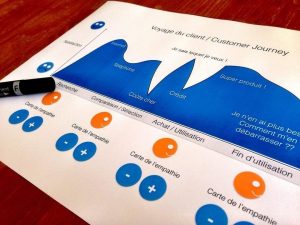Collecting prospect experience (PX) feedback from your business customers during each milestone in the sales cycle sets a standard early on that customer-centricity is your organization’s top priority. This level of commitment, demonstrated before they sign the contract, creates a positive and lasting first impression. Moreover, three recent trends in the B2B sales environment1 can be overcome by leveraging insights from PX data:
Increased Competition: Simply asking the right questions and acting upon their feedback to improve their experience during the selection process will set you apart from the competition. A quote from a recent Forrester article reinforces this tactic: “The only source of competitive advantage is the one that can survive technology-fueled disruption – an obsession with understanding, delighting, connecting with, and serving customers.”2
Greater Price Sensitivity: Analyze PX data in aggregate to learn where the most pain-points exist in the sales process along with diagnostics to identify their root causes. Then, use the Pareto Principle to prioritize your improvement efforts on the twenty percent of root causes that are contributing to eighty percent of the pain. These improvements will have a direct effect on price sensitivity based on over a decade of research that has established a robust cause-and-effect relationship between customer satisfaction, referrals and price sensitivity.3
Higher Expectations for Customization: Crafting complex solutions that are customized to the unique needs of each prospect can be tricky to scale and maintain healthy profit margins. By using PX feedback to design your out-of-the-box solutions, you can minimize unprofitable customizations that can be costly to maintain over the customer’s lifecycle. Knowing that a smartly designed out-of-the-box solution will get you most of the way there, you can rely on the ongoing PX feedback to learn how to further personalize their solution to successfully meet their customization requirements.
PX Feedback Can Be Used as a Leading Indicator of Selection Decision
If sales organizations collect any PX feedback at all, it is customarily after prospects have made their selection decision—commonly known as a win-loss analysis. The insights gleaned from this type of analysis are powerless to rescue at-risk deals that are currently in play. This adhoc approach worked in the past—however, in light of the new B2B sales trends described above, a proactive approach is needed.
Implementing a feedback process while the deal is in progress that asks the right questions at the right time will empower sales leaders with insights needed to increase their velocity-to-close rate and success of recusing at-risk deals. The key is knowing which experiences are predictive of the final selection decision.
For this, we can learn from The RAIN Group4 who studied over 700 B2B sales opportunities earlier this year and identified three key aspects of what differentiated winners from second place sellers, which were centered on sales ability to connect, convince and collaborate with prospects throughout the sales process. Now that we know what to ask, the next step is to use their answers to these questions as a leading indicator of their final selection decision as well as intervene as needed in order to rescue at-risk deals:
Connect with Prospects (Level 1 Metrics):
- Understanding their unique needs
- Connecting with them personally
- Crafting solutions that will achieve their desired results
Convince Prospects (Level 2 Metrics):
- Communicating the sales process accurately
- Helping them minimize risk by avoiding common pitfalls
- Explaining how your solution is the best choice among all their options
Collaborate with Prospects (Level 3 Metrics):
- Educating them with new ideas and perspectives
- Collaborating with them to achieve their goals
- Bringing valuable recommendations to the table
Learning how you meet prospects needs in these key ways will not only help you improve the prospect experience but also leverage the feedback as a leading indicator of whether or not you will win the deal.
References
1Davie, C., Stephenson, T., & Valdivieso, U. (2010). Three Trends in Business-to-Business Sales: As Attention Shifts From How To Survive To How To Thrive, New Trends Are Shaping The B2B Universe. Retrieved from McKinsey Quarterly: http://www.mckinsey.com/insights/marketing_sales/three_trends_in_business-to-business_sales
2Cooperstein, D. M., Bernoff, J., Hayes, A., & Ryckewaert, E. (2011, October 10). Competitive Strategy In The Age of The Customer. Retrieved from Forrester Research database: https://www.forrester.com/Competitive+Strategy+In+The+Age+Of+The+Customer/fulltext/-/E-RES59159?objectid=RES59159
3Reichheld, F. (2006). The Ultimate Question: Driving Good Profits and True Growth, Boston: HBS Press
4Schultz, M., & Doerr, J. (2014). What Sales Winners Do Differently: The Surprising Differences Between Sellers Who Win the Sale and the Second-Place Finishers. Retrieved from RAINGroup: http://www.rainsalestraining.com/?LinkServID=059C80D7-DDD7-3C91-A466DE06DB398F0B
Business Articles | Business 2 Community
(319)






